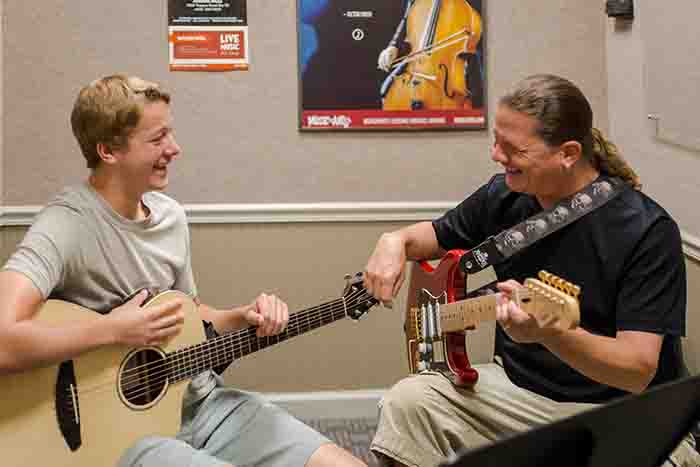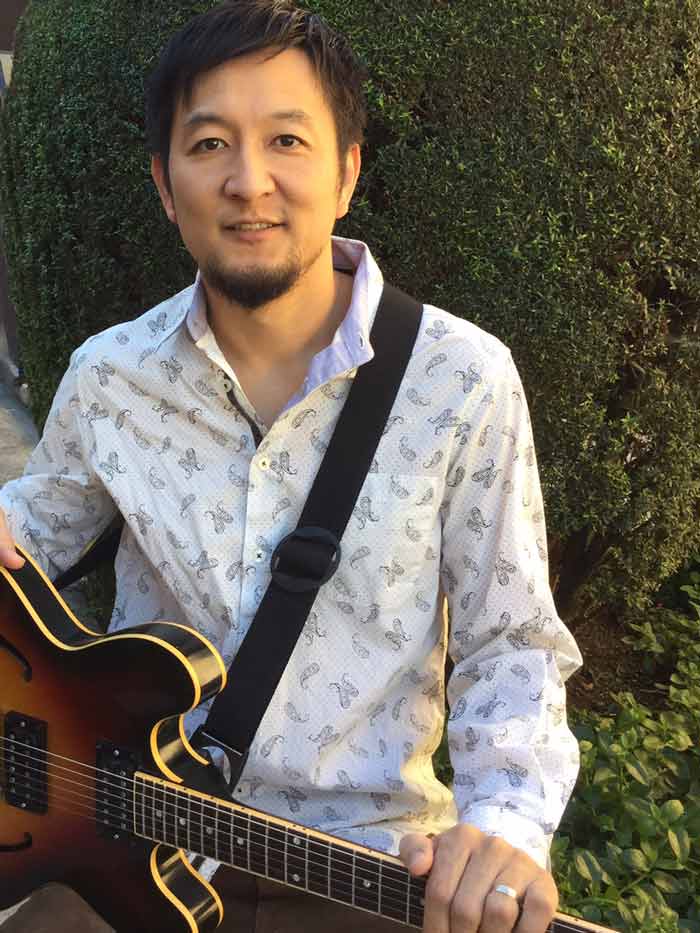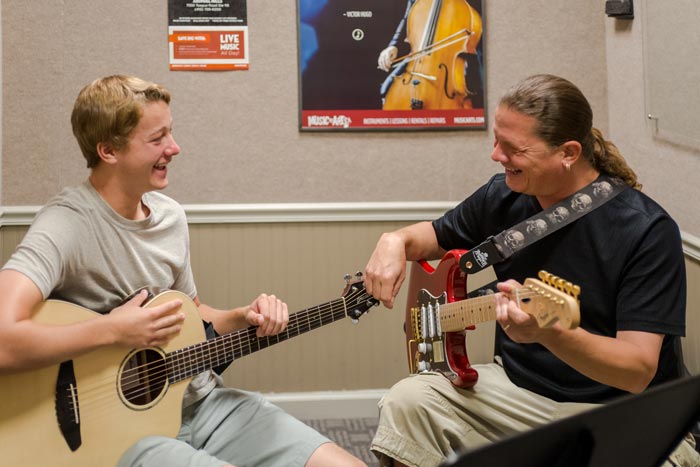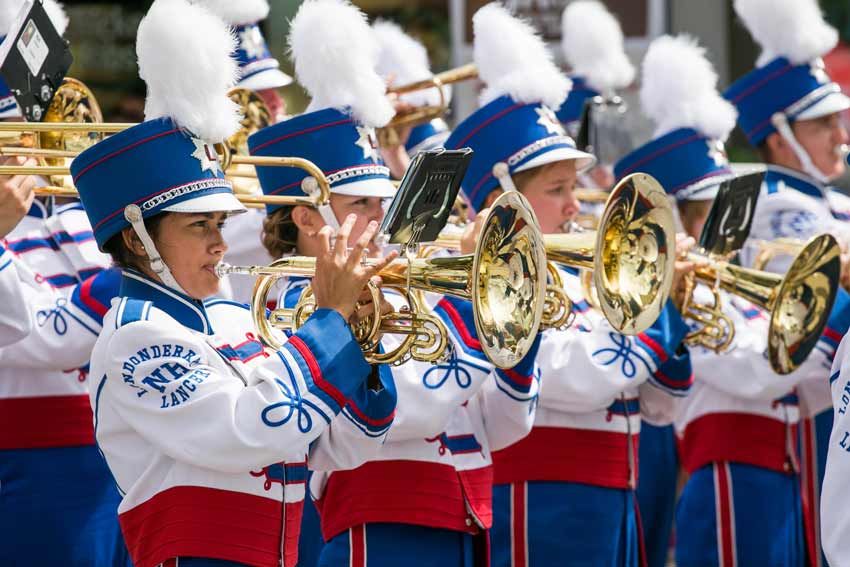May 13, 2015
How to Overcome Student Boredom
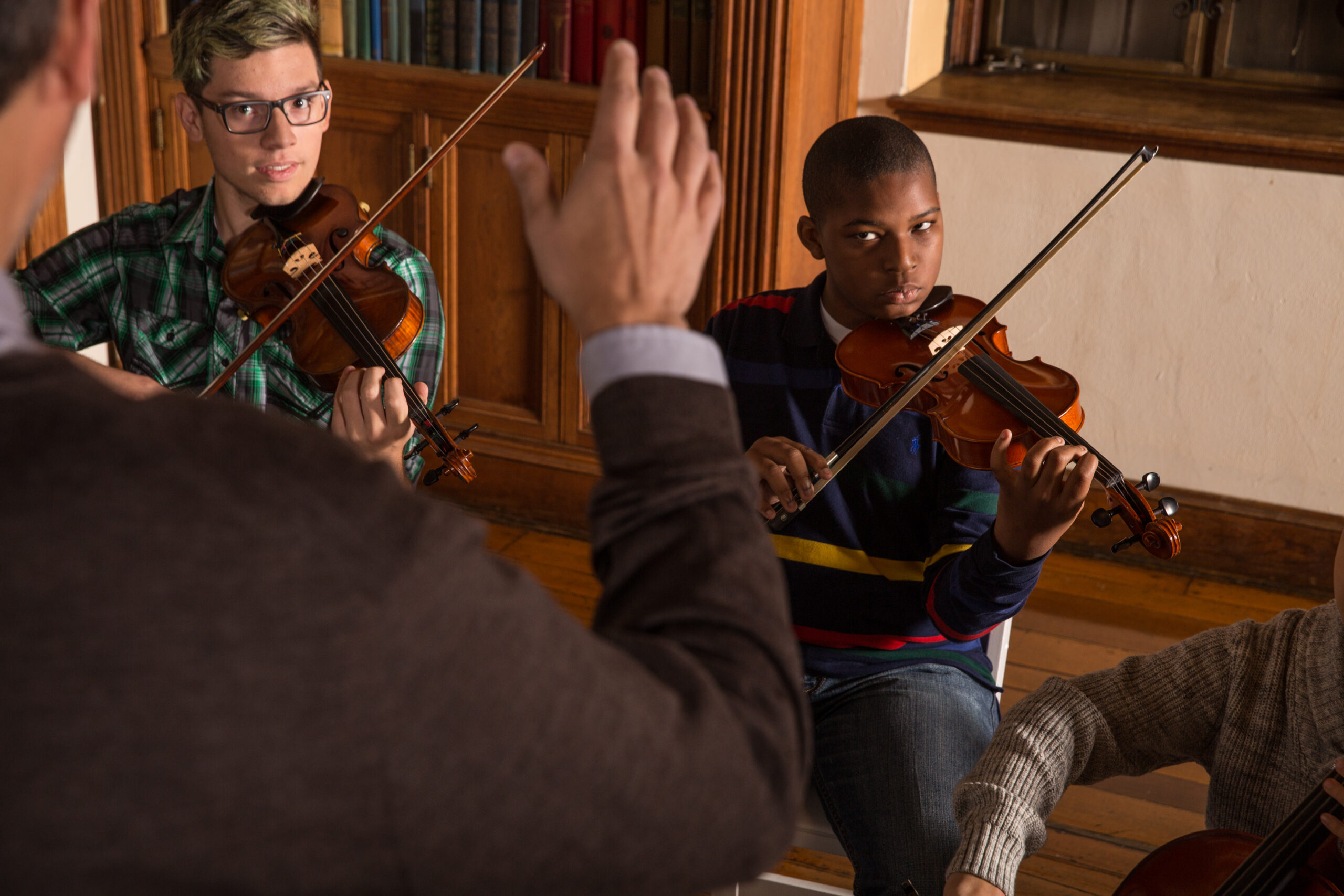

Hello fellow music educators! My name is Ariana Bina and I teach violin/viola and piano lessons in Austin, Texas. In this article I want to address an issue that many of you have probably encountered before–student boredom. All too often, young or beginner musicians tend to get uninterested and easily distracted. So, I am excited to share with you some teaching strategies to combat this issue! Among some of my favorite tools to keep interest high are: the “chip game,” educational mobile apps, and incorporating tactile forms of participation.
The Chip Game
First I will explain the “chip game.” You will need 10 “chips” (I use marbles but any small token will work. You can also vary the number.) The teacher and student each get 5 chips. Create a rule or goal. For example, a rule can be maintaining good posture throughout a piece. A goal can be to play a particular passage without making an error. Every time the student achieves the goal or doesn’t break a rule they get one of the teacher’s chips. If they do not achieve the goal or break a rule, the teacher can take one of the student’s chips. Whoever gets all the chips in the end wins! I usually reward my winners with a sticker. I try to keep playing until my student wins all the chips. However, you can make your own variations. This game is utilized by many Suzuki Method teachers. It is very effective in holding a student’s interest because it engages their competitive spirit and appeals to a child’s sense of playfulness. I haven’t had a student who didn’t enjoy playing the chip game, even the older students.
Educational Mobile Music Apps
Next, I want to talk about utilizing educational mobile music apps. There are many of them out there, but I really love the app “Music Tutor.” I pull it up on my iphone or ipad and my students immediately get excited. After all, children of this generation have grown up with smartphones and relish any screen-time they can get! This app, however, helps students develop lightning fast note recognition. It generates a random string of notes for treble, bass clef or both and you can even set the range depending on how difficult you want to make it. It makes a ping sound for correct note identification and a buzzing sound if the student identifies any note incorrectly. It also times their progress and shows them their score at the end. Note: I normally will only allocate about 5 minutes of lesson time to this, but my students find it to be a refreshing and fun way to practice note memorization. With regular use, I have seen it rapidly improve note recognition for many of my students. Plus, they can play it at home on their own devices!
Tactile Forms of Participation
Lastly, I think it’s important to introduce tactile forms of participation during lessons. Tactile learning involves touch and movement. However, music education largely centers around auditory and visual styles of learning. We utilize auditory learning by listening to our teachers play and visual learning when we learn to read music. But many students understand and remember concepts better when taught through physical movement. So, I really love “hands-on” methods involving moving, clapping, or drawing. One of my favorite tricks is to use a dry-erase board! I bring a small one with me to all of my classes. This is also an instant hit with the kids! They enjoy drawing the staff, clefs, notes, and different rhythms. I find that when they are able to physically draw these concepts themselves they retain the information more than if I were just to point at it on a sheet of paper or simply write it for them. Another tactile form of participation I love is clapping rhythms. This gets students to move their bodies and hands while learning how to stay in time.
I hope that you have found these tips to be useful for you! Incorporate them into your lessons and see how your students learn faster and with ease.
Bio:
Ariana Bina teaches violin, viola, and piano at Music & Arts in South Austin and Round Rock. She studied violin at an early age and continued her studies at the University of Texas at Austin. In addition to teaching, Ariana performs with the University of Texas Orchestra and the Austin Philharmonic, and enjoys exploring alternative styles of music. Her teaching goal is for her students to develop strong technique and a personal connection to their instrument.




